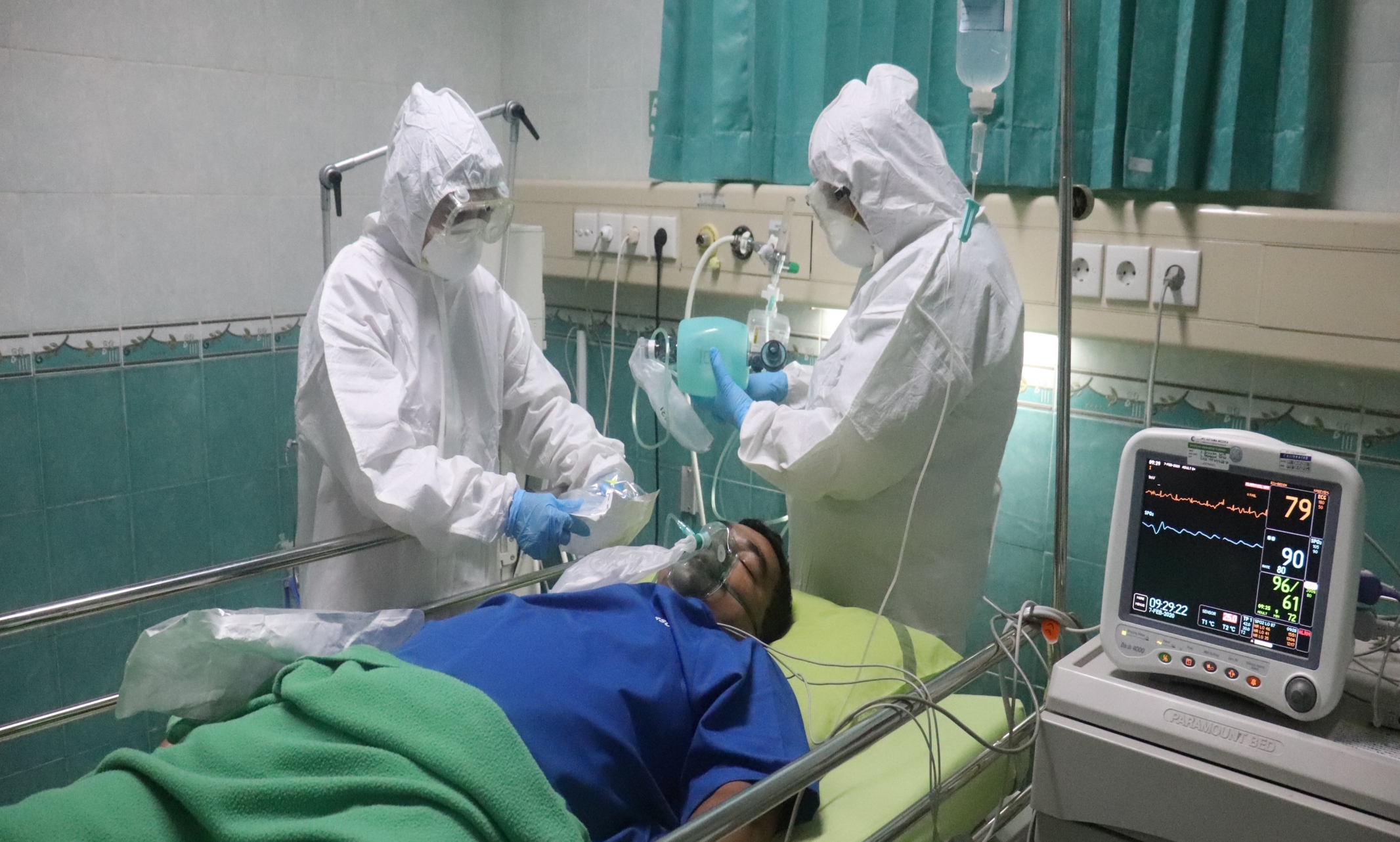Assistant professor Karen Landay, Ph.D., has always been fascinated by the connection between work and passion. Inspired by her first career as a violinist, the assistant professor of management at the Henry W. Bloch School of Management now focuses her research on work passion.
“That’s really stuck with me, this idea of passion as a really important part of our work and as this force that helps us get out of bed in the morning and go and do what we do,” she said.
So, when the COVID-19 pandemic threw health care workers into some of their most challenging circumstances ever, she was curious if passion helped them avoid stress and burnout during the darkest of days. Landay said she was particularly interested in the effects of two different types of passion, harmonious and obsessive. Harmonious passion, Landay explained, is a voluntary passion that is under our control and stems from a love of a job. Obsessive passion is involuntary passion that can be all-consuming and uncontrollable. Landay said the latter form of passion can stem from pressures like workaholism or expectations from loved ones.
“Harmonious passion is generally a good thing that leads to other good things. Obsessive passion is a lot more mixed. It’s not always bad, but it’s not universally positive like harmonious passion,” Landay explained.
Landay enlisted the help of a professor at another university and her Bloch School graduate assistant, Allen King. From November 2020 to January 2021, the team sent a series of surveys to dozens of nurses across the United States. They asked them about their jobs, the level of passion they have, what was behind their passion and questions to gauge their stress level at various points throughout the pandemic.
Landay expected to find that nurses who had harmonious passion would have decreased levels of stress and burnout, while nurses who had obsessive passion would experience increases. Instead, she found that nurses who were passionate about their work had less stress and burnout regardless of the type of passion they had.
Landay said her team believes that timing may have played a role. When the surveys were conducted, vaccines were only recently becoming available and nurses had endured month after month of extraordinary circumstances with no end in sight.
“It’s possible had we conducted our study six months later, perhaps we would have found those different results for those different types of passion,” said Landay.
That is exactly what her team hopes to find out in a follow up study that is kicking off soon. This time, the surveys will also include many other types of first responders in addition to nurses including doctors, firefighters, police officers and EMTs. They hope to have a large enough sample to separate the nurse data out, compare it to the 2020 data and see how things have changed since last year.
In the meantime, Landay said her findings can be a valuable tool for health care employers as they look for ways to support an overburdened, pandemic-weary workforce.
“It’s not expensive. You can have small support groups, things like that. Encourage people to talk about it, but it’s not like you’re having to buy equipment or those kinds of things. So it’s kind of the best of both worlds. It could be a fairly cost-effective solution that could have a big impact,” said Landay. “These are some really intriguing preliminary findings. We’re excited to pursue this and see where it goes and hopefully be able to make a difference for some people.”

